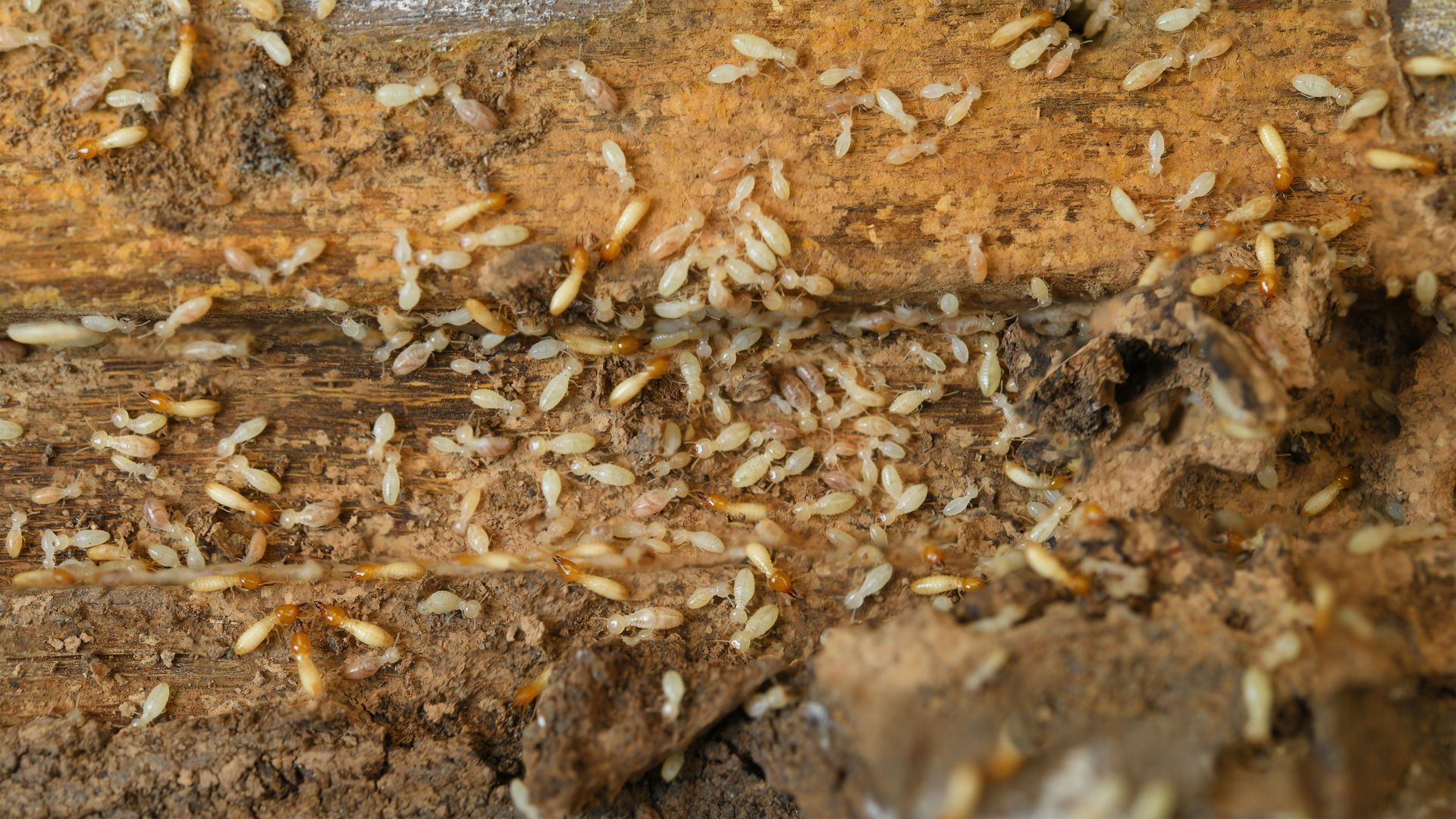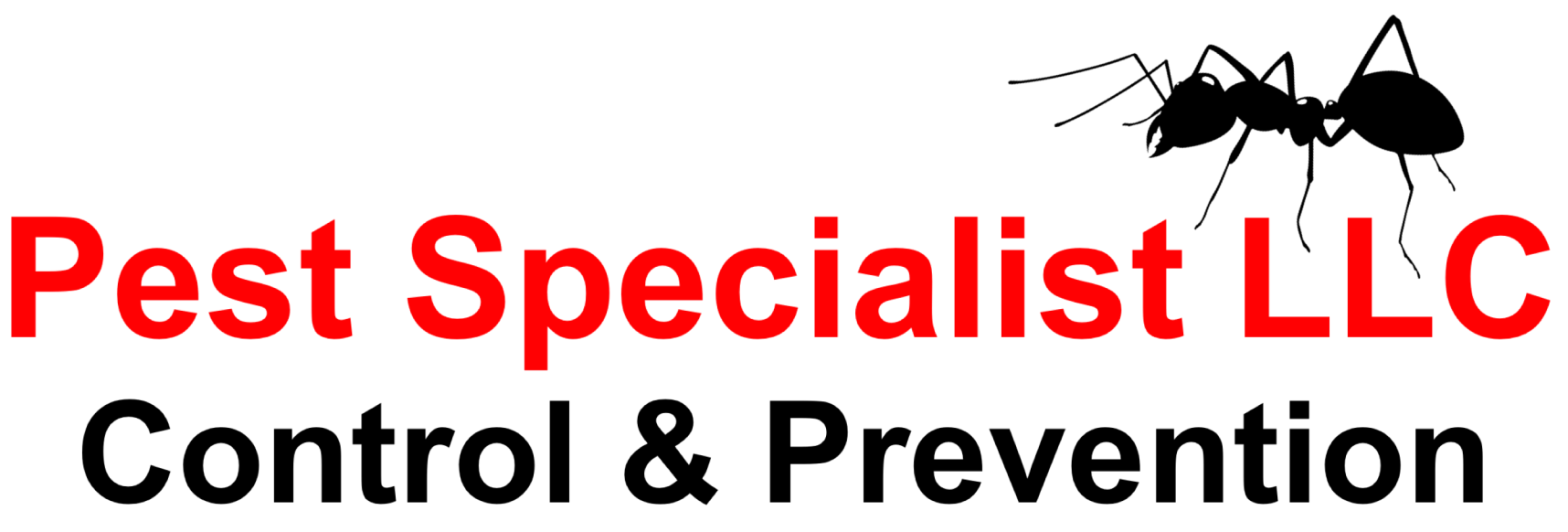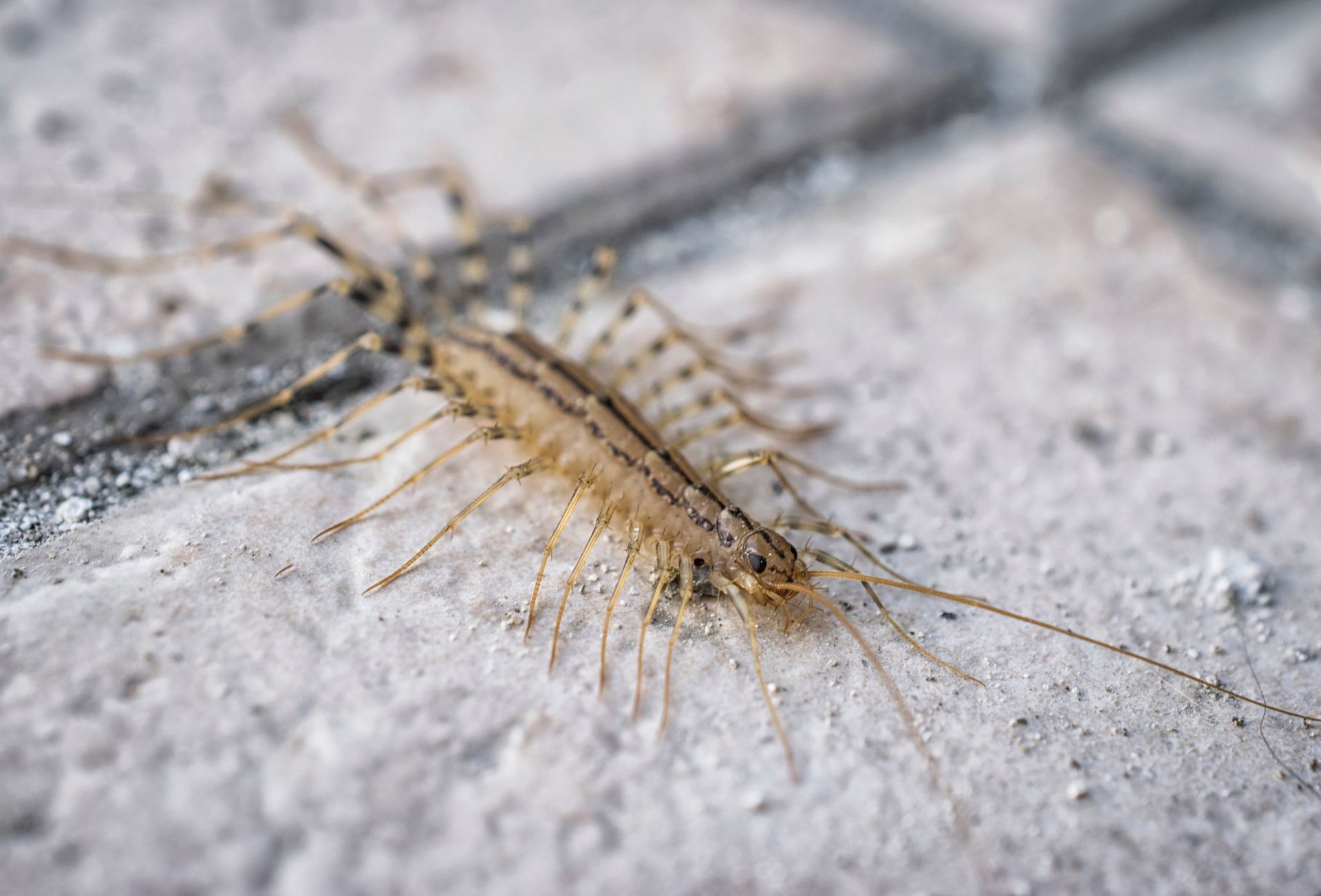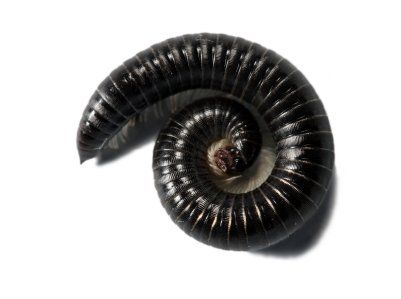Understanding Centipedes and Millipedes
Distinguishing Between Centipedes and Millipedes
A considerable number of homeowners often struggle to distinguish between centipedes and millipedes, two types of arthropods that can become unwelcome guests in residential spaces. Understanding their behavior and life cycles can aid in their identification and control.
Centipedes, characterized by a single pair of legs per body segment, are predatory, feeding on other pests. They favor damp, dark spaces and are nocturnal.
Millipedes, on the other hand, have two pairs of legs per body segment. They primarily feed on decaying plant matter and prefer moist environments.
Both creatures lay eggs in soil, with the young undergoing several molts before reaching adulthood. Recognizing these behavioral and life cycle traits can aid homeowners in implementing effective control measures.
Preferred Habitats of Centipedes and Millipedes
Understanding the preferred habitats of centipedes and millipedes is crucial in formulating effective pest control strategies. Both creatures thrive in damp, dark environments, often found under stones, logs, or in damp areas of basements and bathrooms.
Contrary to common misconceptions, these arthropods do not damage household items or plants but can be a nuisance if they proliferate indoors. Effective centipede and millipede repellents often involve reducing moisture and removing debris from potential hiding places.
Centipedes, beneficial for controlling smaller pests, hunt at night. Millipedes, on the other hand, contribute to the ecosystem by breaking down decaying plant matter. However, in large numbers, they could potentially harm sprouting seeds and ripening fruits.
The Impact of Centipedes and Millipedes on Your Home
Despite their beneficial roles in the ecosystem, centipedes and millipedes can become problematic when they invade domestic spaces, causing discomfort and potential health risks. Common misconceptions about these creatures include the belief that they are harmful or disease-ridden, but in reality, their ecological role in the home environment is often to control other pests.
However, their presence can still be distressing due to their appearance and the potential for skin irritation if mishandled. Large populations can also lead to damage to indoor plants. Therefore, while their ecological role is largely beneficial, the physical and psychological impact of centipedes and millipedes on homeowners warrants efforts to prevent their intrusion in our living spaces.
Identifying Centipede and Millipede Infestations
Detecting centipede and millipede infestations involves careful observation of their distinguishing characteristics and common hiding spots. Familiarize yourself with centipede and millipede behavior. Both species are generally nocturnal and prefer damp, dark spaces.
Centipedes, characterized by their swift movement, hunt for other insects while millipedes, slower and rounder, primarily consume decaying plant matter. The differences between centipedes and millipedes are notable. Centipedes have one pair of legs per segment and have a more linear shape, whereas millipedes have two pairs of legs per segment and will often curl up when disturbed.
Infestations are more likely signaled by frequent sightings or the discovery of large numbers within your home. An essential step following the recognition of their potential impact on your home is detecting centipede and millipede infestations.
Natural Control Methods for Centipedes and Millipedes
Implementing natural control methods can effectively deter centipedes and millipedes from invading your home, thus minimizing the need for chemical interventions. One such method is the use of natural repellents. Certain essential oils, like peppermint or tea tree, are known to deter these pests. Spraying these oils around entry points can keep them at bay.
Another DIY pest control strategy is to modify the habitat around your home. These creatures thrive in damp, cluttered environments. Removing leaf piles, wood stacks, and other debris from your yard can reduce their habitation sites. Additionally, ensuring your home's foundation and interior spaces are dry and well-ventilated can make your home less appealing to these unwanted guests.
These simple, natural methods can significantly reduce the presence of centipedes and millipedes in your home.
Preventive Measures Against Centipedes and Millipedes
The implementation of preventive measures is a crucial strategy in maintaining a home free from the intrusion of centipedes and millipedes. Understanding centipede and millipede behavior is imperative for effective prevention. These creatures prefer damp, dark environments, often hiding in cracks and crevices during the day, becoming active at night.
Common entry points for centipedes and millipedes are usually located in moist areas of the home, such as basements, bathrooms, and closets. Therefore, maintaining a dry and well-ventilated home environment is essential. This includes sealing any cracks or gaps in doors, windows, and foundation walls.
Regularly inspect these areas, also paying attention to outdoor debris and organic matter that could serve as a shelter for these unwanted guests.
When to Consider Professional Pest Control
One should consider engaging in professional pest control services when the infestation of centipedes and millipedes in the home becomes too severe to handle independently. While DIY pest control methods can effectively manage minor infestations, a heavy invasion may not be alleviated with such measures.
Professionals possess the expertise and resources to tackle large infestations swiftly and efficiently. A common misconception is that professional intervention is always costly and unnecessary. However, when infestations persist despite DIY efforts, hiring professionals can be a cost-effective solution in the long run, preventing further damage and reinfestation.
Therefore, if you witness a growing number of these pests despite all efforts, it may be time to seek professional pest control services. Contact Tim at Pest Specialists.
You might also like
Pest Specialist, LLC


All Rights Reserved | Pest Specialist LLC
Mailing Address:
Pest Specialist LLC
187 E. Main Street
East Hampstead, NH 03826









